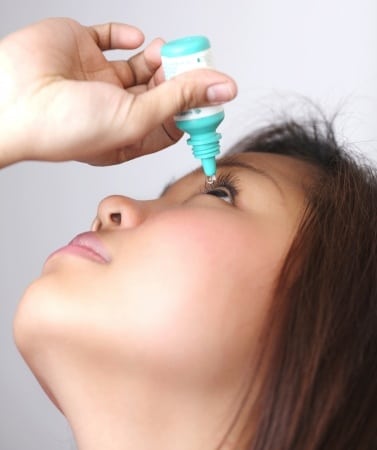 Sjogren’s Syndrome is a very discomforting ailment that affects many millions of people, often as a result of underlying endocrine pathologies. Unfortunately, since the syndrome has similar symptoms to other diseases, it often gets overlooked and misdiagnosed. Dry eyes and dry mouth are a cornerstone of the syndrome, leading to itchiness and even pain in patients. The tools for diagnosis are very limited and as you can imagine the commonality of the symptoms often lead doctors down wrong paths.
Sjogren’s Syndrome is a very discomforting ailment that affects many millions of people, often as a result of underlying endocrine pathologies. Unfortunately, since the syndrome has similar symptoms to other diseases, it often gets overlooked and misdiagnosed. Dry eyes and dry mouth are a cornerstone of the syndrome, leading to itchiness and even pain in patients. The tools for diagnosis are very limited and as you can imagine the commonality of the symptoms often lead doctors down wrong paths.
New research from the University of Southern California suggests that there may be a protein found in tears of only patients with Sjogren’s. This specific biomarker may allow providers in the future to very precisely test for and diagnose the ailment. The protein, called catepsin S, seems to be linked to other proteins which are involved in tear secretion. The potential biomarker could lead to big breakthroughs in the treatment or even understanding of the biology behind the disease.
What we do know right now is that Sjogren’s is an autoimmune condition- meaning that our own immune system for whatever reason attacks cells that it should not. Specifically, immune cells attack cells in the mucous membrane which include some that release fluids. This is what leads to the characteristic dryness. The effects of the disease stem beyond just the eyes and mouth though. It is actually classified as a systemic disease because it impacts and can damage many other organs including the brain, kidneys, and liver. This is one reason why the finding of catepsin S is so important- early detection could mean much better management of disease and improved outcomes for millions of patients.
While the protein has been found, there is still much work to do in validating it as a biomarker for the disease and beyond that in potentially using it to develop new treatments for Sjogren’s. The research team which found the protein is currently exploring how it interacts with tear production and the eye surface. It is also investigating a related protein called Rab3D which is involved in tear production and could be another potential drug target (or something in its molecular pathway might be).
If you think you may be suffering from Sjogren’s syndrome you should ask your ophthalmology professional if they can look into it. It is likely that you do not have it and may be suffering from regular cases of dry eyes, but it does not hurt to look and early detection can be important for a good long term prognosis. Even if it ends up being something much more common, your ophthalmologist can help you treat it and improve syndromes. Dry eyes may sound like a minor condition to those who have never suffered from them, but for those who do they know just how debilitating it can be on our daily lives, including in hindering regular and necessary activities. The pain and suffering is a large unmet need and hopefully catepsin S is the first in a string of discoveries to help resolve the need.
Author Bio: Tony Rollan provides consulting services to VSI (http://www.patternless.com/) and he is an author of many articles on all types of optical and ophthalmic equipment. Author talks about medicine, health, alternative healing, sport and healthy living.
Image credit: lightpoet
